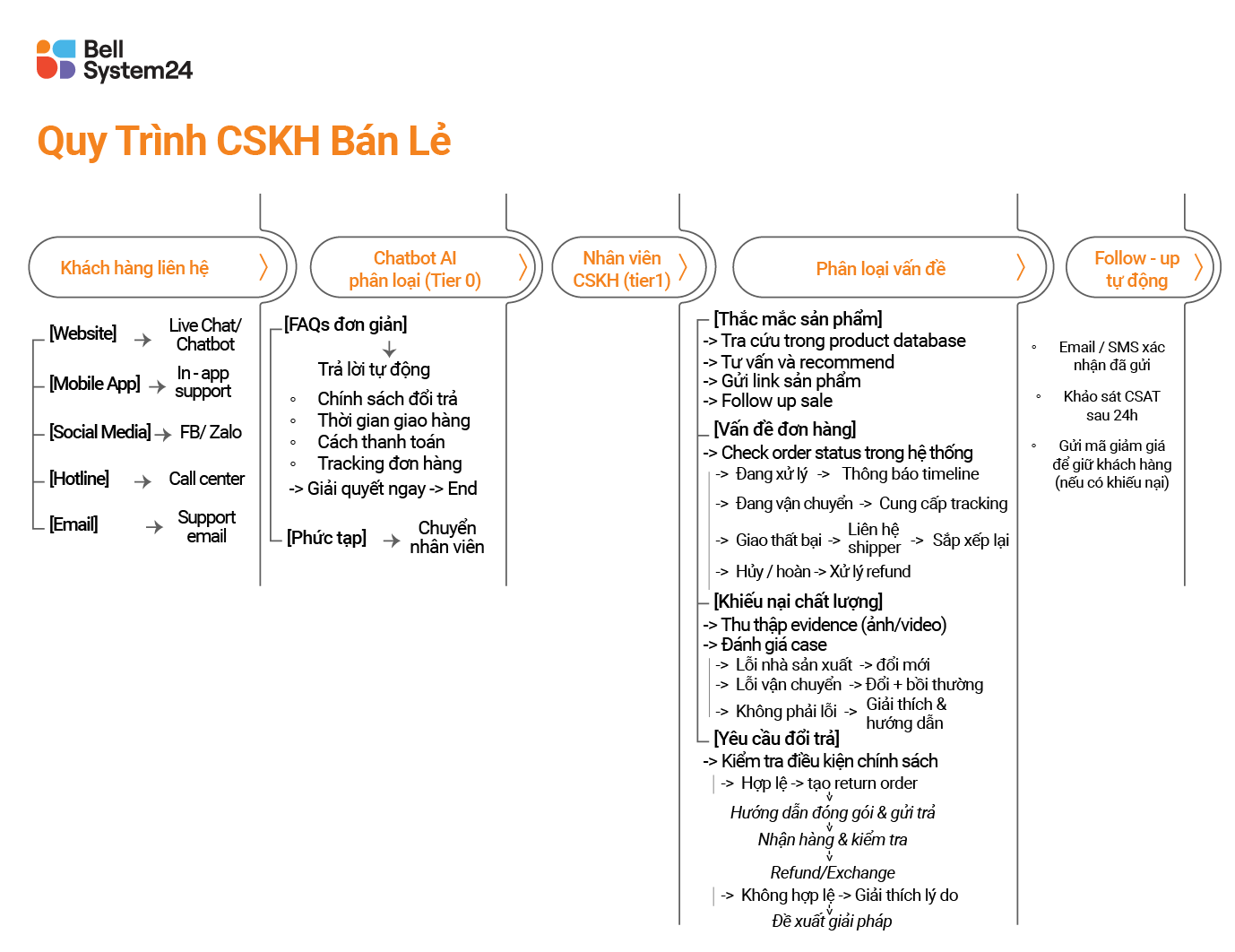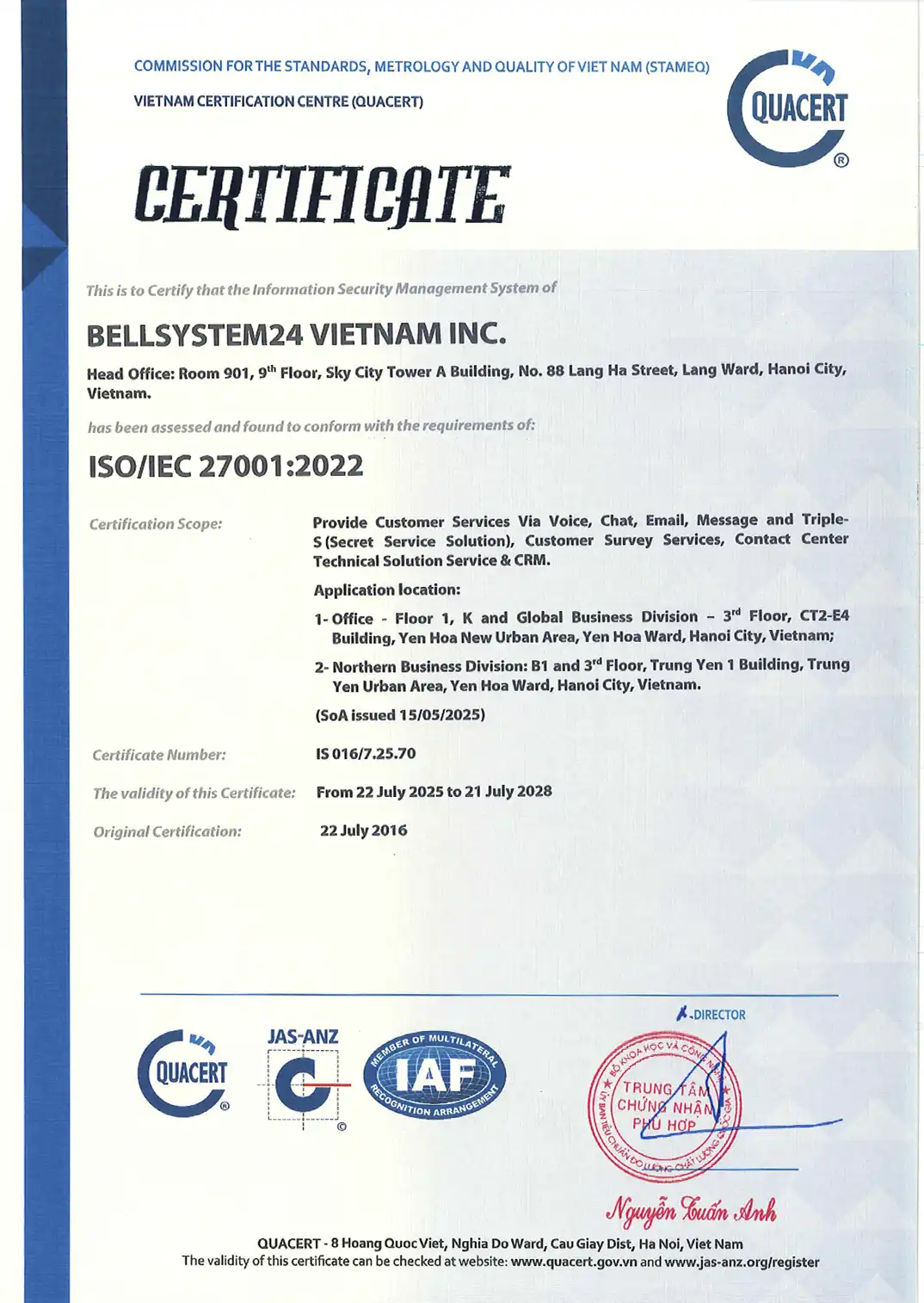Since ancient times, the great philosopher Aristotle used physiognomy when selecting soldiers for Alexander the Great. And the famous American president Abraham Lincoln also applied physiognomy to choose his companions in his political career. It can be seen that physiognomy has been applied in personnel recruitment for generations and continues to demonstrate its value.
Why is physiognomy effective in personnel recruitment?
To answer this question, we must find the answers to the following three questions:
1.1. Where does physiognomy originate from?
Physiognomy originated in China, where many noble families considered facial features to be one of the most important criteria when choosing an heir to their estate. During the Warring States period, physiognomy began to develop, and the practice of reading faces, which had previously been popular only among the nobility, spread widely among the common people and gradually became a form of custom. Today, physiognomy has become an official science and is included in the curriculum at schools that train senior leaders and human resources directors.
1.2. What is physiognomy?
Physiognomy is the essence of human wisdom distilled from the history of survival. The core of physiognomy is the intimate relationship between a person's character, temperament, appearance, and attitude. This relationship is constantly summarized and accumulated in the practical experience of life.
At the same time, physiognomy also incorporates elements from other scientific disciplines such as sociology, psychology, and statistics. Therefore, today, physiognomy is considered an empirical science.
1.3. Why is physiognomy highly accurate?
The method of physiognomy is based on direct observation and experimentation, as well as the conclusions of many generations.
The method of physiognomy is scientifically practical because it is based on observations of typical phenomena and statistics from many people over many generations, from which conclusions are drawn.
In recruitment, physiognomy is an objective and fair assessment because it does not rely on experience or academic achievements, which are relative and have no specific scale.
<Ảnh><Nhân tướng học ghi nhận và phát triển sự tương quan nhân quả giữa các nét tướng và con người>
The application of physiognomy in which stage of the recruitment process
2.1. CV Screening Stage:
Typically, each resume includes a personal photo of the candidate. You can use this photo to make some initial assessments. For example, if the candidate has a square face, they may be a diligent and hardworking person. Of course, observing someone through a photo cannot provide absolute accuracy. However, these preliminary assessments will help you formulate a set of questions and determine the appropriate approach for the interview, allowing the candidate to demonstrate their full potential.
2.2. Interview stage:
Once you have met the candidate, you can apply physiognomy to more accurately assess their personality and tendencies. This helps you decide whether the candidate is suitable for the nature of the job and the company environment.
You need to observe carefully but subtly and tactfully to avoid making the candidate feel uncomfortable. Experienced recruiters with knowledge of physiognomy will quickly discern what kind of person the candidate is and what their work style is like, leading to a decision on whether to hire them or not. To hear more insights from experts on this topic, register now for the free webinar. ‘’Accurate Interviews, Standardized Assessments: Applying physiognomy and international competency assessments in recruitment

Selecting a suitable candidate who can commit to long-term employment is extremely important. Not only are professional skills required, but the application of physiognomy can provide you with a more multidimensional, comprehensive, and complete view of the candidate. This can significantly reduce the rate of resignations after receiving an offer.
2.3. Probationary period:
This is the stage where employers have ample time and space to observe candidates. During the trial period, you can apply physiognomy to observe an individual's appearance, demeanor, and gestures more clearly to better understand each person's strengths and weaknesses. You will have the opportunity to reassess whether hiring this candidate is the right or wrong decision. From there, you can consider whether to sign a formal contract with the candidate.
Experience in physiognomy in recruitment
As mentioned, physiognomy is a science, not superstition. Physiognomy requires comprehensive and meticulous observation to achieve high accuracy. Basically, the following seven factors are considered when assessing a person's character:
- Eyes and spirit: When observing physiognomy, the eyes are usually examined in terms of: form, color, energy, spirit, shape, and gaze. A person's eyes provide us with data about their emotions, personality, inner self, physical condition, and behavior.
- View the figure: Each body type tells a different story about physiognomy. In addition to observing body type, one must also observe the candidate's posture and gestures when moving in order to draw conclusions about physiognomy.
- Face reading: The face is one of the parts that physiognomy studies most closely. Each person has a different face shape, such as square, oval, round, long, etc. Each face shape can predict a person's personality and destiny.
- See the Five Mountains and Three Palaces: The face is divided into three sections: the upper section, the middle section, and the lower section. The upper section is the area from the hairline to the eyebrows. The middle section is the area from the eyebrows to the nose. The lower section is the area from the nose to the bottom of the face.
- View the five senses and six organsThe five senses refer to the five senses on the face (eyes, nose, mouth, ears, eyebrows), while the six organs refer to the six pairs of bones in the face. The five senses and six organs are considered gifts from heaven to humans.
- Hand and foot reading: xI can tell a person's abilities by looking at their hands, feet, palms, and soles.
- View speech: Sound is considered an essential element in ancient physiognomy. When many candidates come for an interview, just by hearing their voice, we can immediately tell whether they are suitable for the job or not.
Applying physiognomy correctly will help leaders and HR managers understand their employees and assign them to the right jobs, resulting in higher efficiency. Below are some common physiognomic characteristics of candidates:





"With mind, no form; form arises from mind. With form, no mind; form ceases with mind." The goal of applying physiognomy to recruitment is to select people who are suitable for the company's positions and jobs, to discover their full potential, and to put the right people in the right places.







